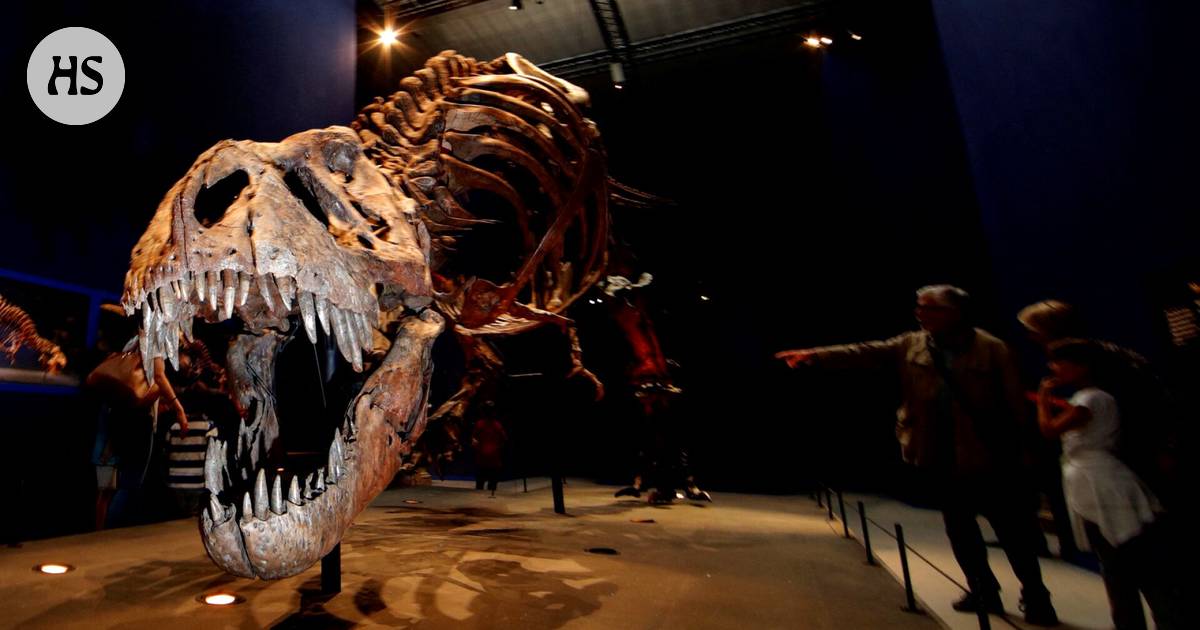
The Future of College Athletics: New Revenue Sharing Model and Scholarship Expansion Proposed by NCAA
A settlement agreement in an antitrust case is nearing, indicating that a revenue sharing plan for college athletics could be on the horizon. The NCAA is facing multiple legal battles, and a settlement could put an end to these conflicts. However, the cost of this settlement is expected to be substantial, according to Ross Dellenger of Yahoo! Sports.
The proposed new model set to be implemented by 2025 would require schools to contribute approximately $30 million annually, with a large portion allocated towards a revenue distribution cap of $17-22 million. While schools are not obligated to make these payments, those looking to remain competitive will have to factor this cost into their budget. This will further separate power-conference schools from others in collegiate athletics.
An interesting detail of the new model involves the expansion of scholarships that schools can offer. Currently, the NCAA allows schools to provide 11.7 scholarships for a baseball roster of 32 players. Under the new model, schools can choose to offer a scholarship to each roster position, depending on the specific sport. This change will also impact football, where the roster limit might be reduced despite the recent increase for preseason camp.
While the expansion of scholarships is a positive change, it will come at a significant cost. However, this shift in financial concepts could bring about necessary updates and improvements to college athletics.
In summary, the proposed new revenue sharing plan for college athletics is set to take effect by 2025 and requires schools to contribute significantly towards it annually. The model also expands scholarships offered by schools which will have both positive and negative effects on college athletics overall while pushing for necessary changes within it.

